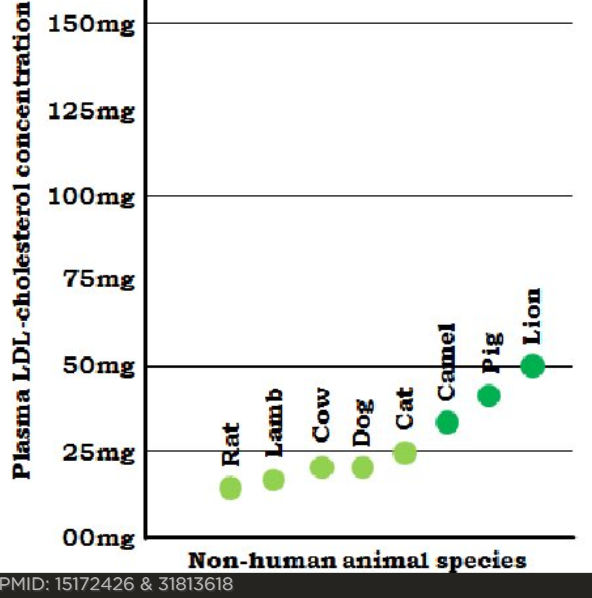

Yes, it is disconcerting. Chat GPT 5 (paid) quoted me from some thread on Rapamycin news as if I were some authority.
There seems to be some fundamental flaws in AI.
2 Likes
Davin8r
#2416
If you have access to OpenEvidence, it only uses the published literature as its sources, and gives full references (clickable that takes you directly to the abstract on PubMed).
3 Likes
I’m not very invested in this argument, but the biology seems pretty much identical (HG and chimps and modern humans) so at least its an indication that low is not harmful…

1 Like
a new paper:
Identification and Management of Patients at High-Risk for Cardiovascular Disease in Primary Prevention
The medical community has traditionally dichotomized patients into primary and secondary prevention, which may be too simplistic. Recent biomarker, imaging, and pharmacotherapy trials have highlighted the importance of recognizing and treating subclinical atherosclerosis to mitigate the progression of subclinical disease and reduce the risk for highly morbid or lethal ASCVD events. Here, we describe the patient with subclinical atherosclerosis and risk factors as a “high-risk primary prevention” patient. Employing an optimal therapeutic strategy over the lifetime of a high-risk primary prevention patient can mitigate ASCVD progression and prevent ASCVD events. This review highlights biomarkers for identifying high-risk primary prevention patients and reviews clinical trials in this population. We then describe current data that guide the management of these patients and discuss future directions for management.
https://www.sciencedirect.com/science/article/pii/S266666772500340X
3 Likes
“Go ahead and JUMP!” - and guitar riff 

2 Likes